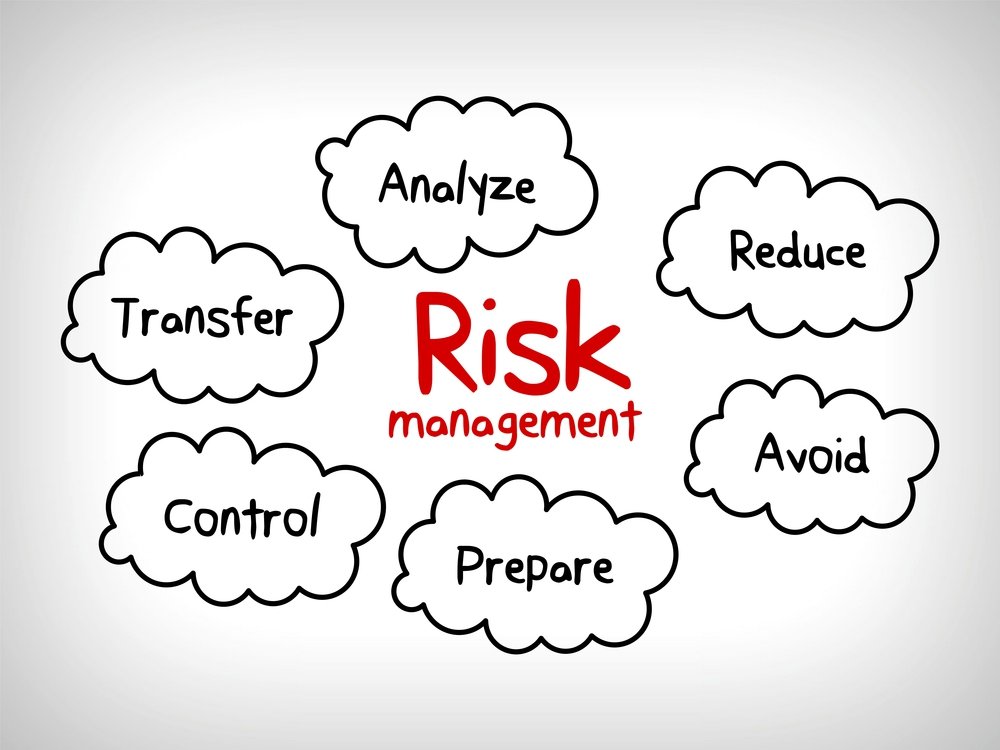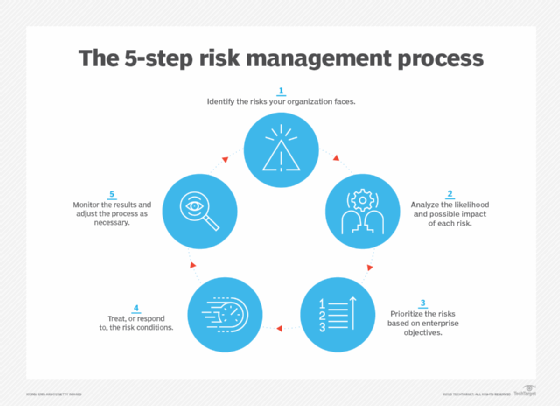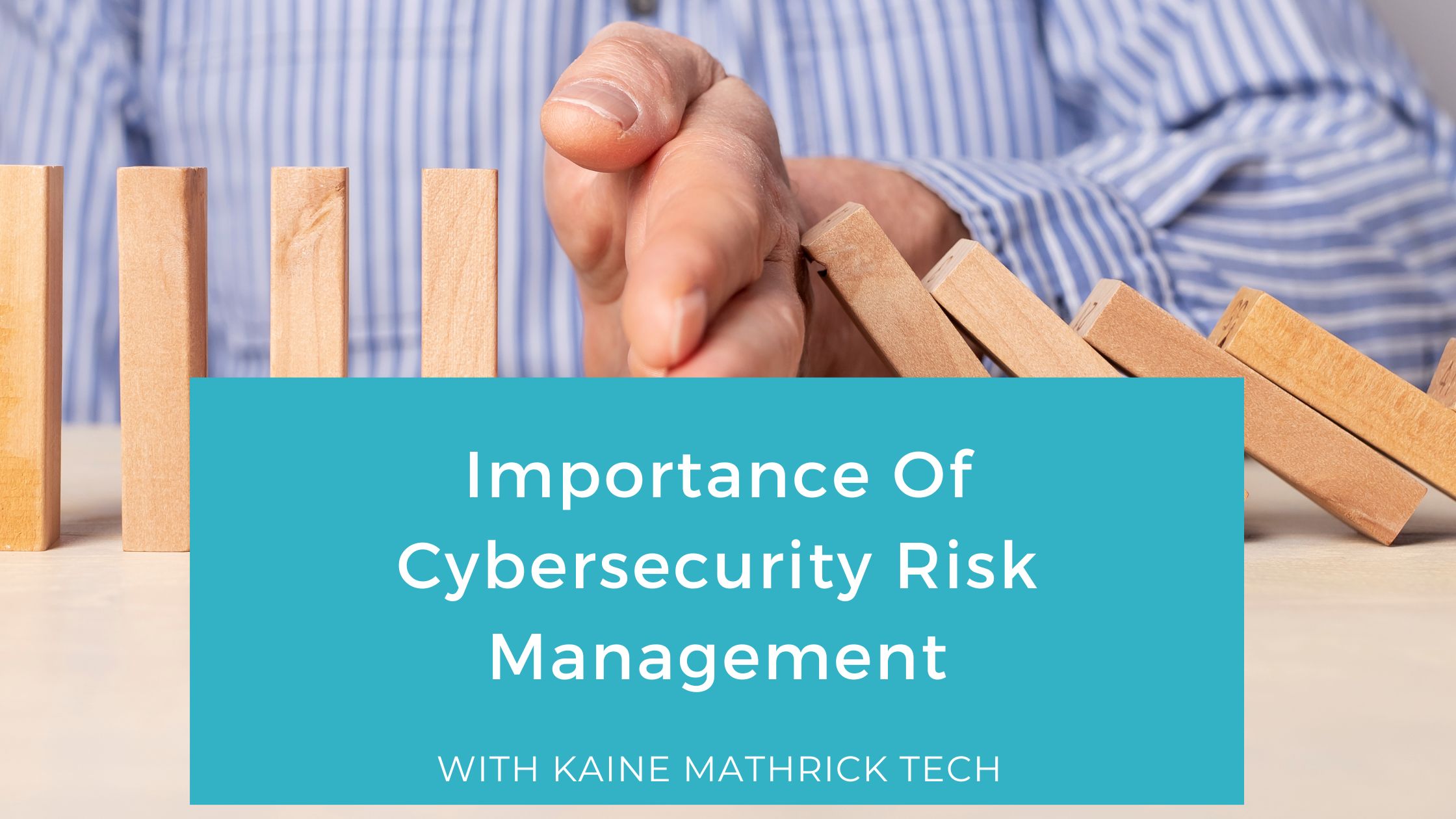The Effect of the Importance of Risk Management on Corporate Governance
The Effect of the Importance of Risk Management on Corporate Governance
Blog Article
Discovering the Value of Risk Management for Effective Decision-Making Methods
In the detailed globe of organization, Risk Management emerges as a critical variable in the decision-making process. The capability to identify prospective dangers and opportunities, and plan accordingly, can spell the difference in between success and failing.
Recognizing the Concept of Risk Management
Risk Management, a critical element in decision-making, is often misinterpreted or oversimplified. Normally, it describes the recognition, analysis, and prioritization of risks to lessen, check, and regulate the probability or impact of unfortunate events. Nevertheless, it's not just about stopping negative outcomes, yet also about acknowledging possible possibilities. Risk Management involves organized and self-displined methods, making use of data and insightful evaluations. It requires an extensive understanding of the organization's context, purposes, and the prospective risks that can obstruct them. From financial unpredictabilities, lawful liabilities, strategic Management errors, to crashes and natural disasters, it attends to various dangers. Importantly, reliable Risk Management is not stagnant; it's a continual, positive process that advances with altering situations.
The Function of Risk Management in Decision-Making Processes
In the realm of strategic preparation and organization procedures, Risk Management plays an indispensable duty in decision-making procedures. Risk Management thus becomes an important tool in decision-making, assisting leaders to make informed choices based on a detailed understanding of the risks involved. Risk Management offers as an essential part in the decision-making procedures of any company.

How Risk Management Boosts Strategic Preparation
In the context of calculated planning, Risk Management plays a critical function. Initiating with the recognition of prospective risks, it better reaches the implementation of Risk mitigation actions. The function of Risk Management is not fixed however dynamic, as it demands consistent tracking and adjusting of strategies.
Recognizing Prospective Threats

Applying Risk Reduction
Risk mitigation approaches can vary from Risk evasion, Risk transfer, to risk decrease. Each method ought to be tailored to the certain Risk, considering its possible effect and the organization's Risk tolerance. Reliable Risk reduction requires a deep understanding of the Risk landscape and the prospective impact of each Risk.
Monitoring and Readjusting Strategies
Though Risk mitigation is an essential step in calculated preparation, continuous monitoring and adjustment of these strategies is just as essential. It likewise supplies a possibility to evaluate the success of the Risk Management steps, allowing adjustments to be made where necessary, further improving calculated preparation. Tracking and readjusting Risk Management check strategies is an essential part for enhancing an organization's strength and calculated planning.
Instance Studies: Successful Risk Management and Decision-Making
In the globe of organization and financing, successful Risk Management and decision-making often serve as the columns of flourishing ventures. One such entity is an international oil firm that minimized economic loss by hedging versus rising and fall oil rates. In an additional circumstances, a technology start-up grew by recognizing and approving risky, high-reward approaches in a volatile market. A worldwide financial institution, confronted with regulatory uncertainties, effectively browsed the circumstance with aggressive Risk analysis and dynamic decision-making. These cases highlight the value of astute Risk Management in decision-making procedures. It is not the absence of Risk, but the Management of it, that usually distinguishes successful business from unsuccessful ones. These situations highlight the critical duty of Risk Management in strategic decision-making. importance of risk management.
Tools and Strategies for Effective Risk Management
Navigating the detailed labyrinth of Risk Management needs the right set of tools and strategies. These devices, such as Risk registers and warmth maps, aid in identifying and analyzing possible dangers. Methods consist of both measurable approaches, like sensitivity analysis, and qualitative techniques, such as SWOT analysis. These help in focusing on threats based on their possible impact and chance. Risk response methods, a key element of Risk Management, involve approving, staying clear of, transferring, or mitigating dangers. Tracking and regulating risks, through regular audits and evaluations, make certain that the techniques stay reliable. With these tools and strategies, decision-makers can browse the complex landscape of Risk Management, consequently facilitating notified and efficient decision-making.
Future Patterns in Risk Management and Decision-Making Approaches
As we check out the substantial landscape of Risk Management, it becomes noticeable that the strategies and tools used today will certainly proceed to evolve. The idea of Risk society, where every member of a company is conscious and involved in Risk Management, will certainly obtain a lot more importance. These trends advertise a more proactive and comprehensive technique in the direction of Risk Management and decision-making.
Verdict

Risk Management therefore comes to be an essential device in decision-making, aiding leaders to make educated options based on a detailed understanding of the dangers involved. Risk reduction strategies can range from Risk evasion, Risk transfer, to risk reduction (importance of risk management). Effective Risk mitigation requires a deep understanding of the Risk landscape and the potential effect of each Risk. Risk feedback Learn More techniques, a key element of Risk Management, involve accepting, staying clear of, moving, or you can try these out mitigating threats. The principle of Risk society, where every member of a company is mindful and involved in Risk Management, will gain a lot more prominence
Report this page